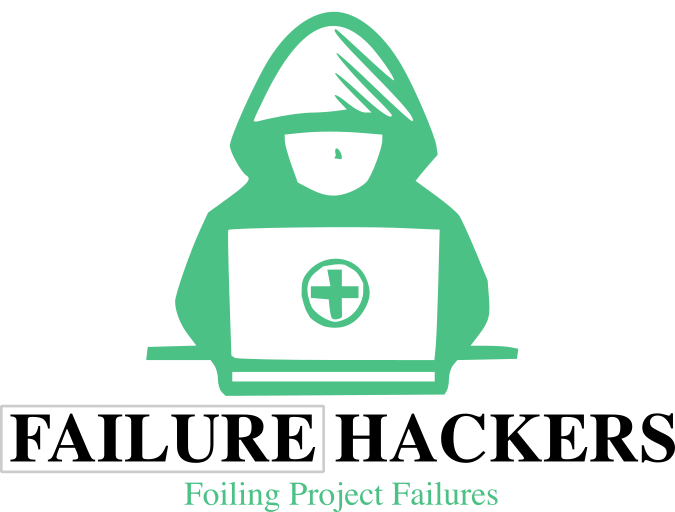A Practical Guide for Effective Problem Solving
In the fast-paced world of contemporary business, complex problems often span multiple departments. To unravel these intertwined issues, teams require a structured approach that promotes collaboration and collective insight. One effective tool for this purpose is the Fishbone Diagram, also known as the Ishikawa diagram, named after its creator, Kaoru Ishikawa. This blog post will guide you on how to facilitate cross-functional Fishbone sessions that engage participants and drive actionable solutions.
Understanding the Fishbone Diagram
Before delving into the facilitation strategy, let’s first clarify what a Fishbone Diagram is. This visualisation tool helps teams identify, explore, and display the potential causes of a specific problem. The diagram resembles a fish’s skeleton, with the “head” representing the problem and the “bones” indicating the various categories of potential causes.
Components of the Fishbone Diagram
- Head: The main problem or effect, clearly defined.
- Bones: Major categories of causes, typically represented as branches off the spine. Common categories include:
- People
- Processes
- Equipment
- Materials
- Environment
- Management
- Sub-causes: Further breakdown of primary causes into more specific factors.
Preparing for Your Fishbone Session
Successful facilitation begins long before the session itself. Here are steps to ensure you’re well-prepared:
1. Define the Objective
Establish a clear objective for the session. What specific problem are you trying to solve? Ensure it is concise and easily understood by all participants. Ask yourself questions like:
- What impact does this problem have on our organisation?
- Who are the key stakeholders involved?
2. Select Participants
Identify representatives from relevant functions—such as marketing, operations, finance, and customer service—who can offer diverse perspectives. Aim for 7-12 participants to keep discussions manageable yet robust.
3. Gather Materials
Prepare the necessary materials ahead of time:
- Whiteboard or flip chart
- Markers in various colours
- Sticky notes
- An initial blank Fishbone Diagram template
4. Schedule and Environment
Choose a conducive environment, free of distractions, preferably a space where participants feel comfortable being creative. Schedule a session that allows ample time, typically 90 minutes to 2 hours—this accommodates discussion and exploration without rushing.
Facilitating the Fishbone Session
With preparation complete, it’s time to lead the session. Follow these steps to facilitate an engaging and productive environment.
Step 1: Set the Tone
Start by welcoming participants and outlining the session’s objective. Emphasise the importance of open dialogue and the value of each individual’s contribution. Create a collaborative atmosphere by establishing ground rules:
- Respect all ideas, no matter how unconventional
- Avoid assigning blame; focus on understanding
- Encourage participation and ensure quiet members have a chance to speak
Step 2: Identify the Problem
Write down the main problem at the head of the Fishbone Diagram. Engage the group by asking:
- How do we define this issue?
- What symptoms indicate that this problem exists?
This dialogue helps refine the problem statement and fosters a shared understanding.
Step 3: Brainstorm Major Categories
Draw the main bones of the Fishbone Diagram based on previously identified categories (e.g., People, Processes). Ask participants to suggest which categories should be included based on their expertise. Document these categories clearly on the diagram.
Step 4: Gather Ideas on Causes
Distribute sticky notes and ask participants to write down potential causes related to each category. Encourage them to think broadly and creatively. For example, under the “Processes” category, someone might mention inefficiencies in workflow, while another might point to redundancies in reporting.
Once they finish, invite participants to place their sticky notes on the relevant sections of the diagram. This step visually represents the collective input of the team, providing a broad overview of potential causes.
Step 5: Discuss and Prioritise Causes
Now, it’s essential to facilitate a discussion around the potential causes listed. Encourage participants to elaborate on their suggestions, providing context or examples. This exploration phase is crucial for clarity and can lead to recognising interdependencies between causes.
After discussing, facilitate a prioritisation exercise. Ask participants to vote on which causes they believe contribute most significantly to the problem. This could be done using dot stickers where each participant has three dots to place on the causes they think are most critical.
Step 6: Deep Dive on Key Causes
Select the top three to five causes based on the voting. Work collaboratively as a group to drill down deeper into these causes. Utilise the “5 Whys” technique—asking “Why?” five times—to help uncover the root causes effectively. This method encourages participants to peel away layers of symptoms to reveal the fundamental issues.
Step 7: Develop Actionable Solutions
As your team identifies root causes, shift the conversation towards solutions. Encourage brainstorming for potential actions to address each root cause. Use prompts such as:
- What changes could alleviate this issue?
- Who would be responsible for implementing these changes?
- What resources are needed?
Document actionable suggestions next to each cause on the Fishbone Diagram.
Step 8: Establish an Action Plan
Conclude the session by compiling all the insights generated. Focus on clear next steps:
- Assign responsible individuals for each action item.
- Set timelines for implementation.
- Decide on follow-up meetings to track progress and adjust as necessary.
Step 9: Follow-Up
Send out a summary of the Fishbone Diagram along with the action items to all participants. Schedule a follow-up meeting to review progress and make any necessary adjustments to the action plan. Encouragement and accountability are vital for ensuring that the insights gathered translate into effective solutions.
Evaluating the Success of the Session
Post-session, evaluate the effectiveness of the Fishbone session. Consider the following:
- Were participants engaged and did they contribute?
- Did the group reach a consensus on root causes and solutions?
- Are there mechanisms for accountability in place?
Soliciting feedback from participants can provide valuable insights into how future sessions can be further improved.
Conclusion
Facilitating a cross-functional Fishbone (Ishikawa) Diagram session requires careful preparation and skilful moderation. By following the outlined steps, you can foster an environment where diverse insights converge to illuminate solutions to complex problems. This collaborative approach not only enhances problem-solving capabilities but also strengthens team dynamics across departments.
The beauty of the Fishbone Diagram lies in its simplicity and versatility. By harnessing this tool effectively, organisations can transform challenges into opportunities for improvement, creating a culture that values collaboration and innovation. So, gather your team, define a problem, and dive into the depths of solutions together!

